In Jurassic World: Rebirth, Zora Bennett leads a tactical team to one of the original island sites of Jurassic Park to retrieve dinosaur DNA with life-saving potential. However, as the mission unfolds, the ‘extinct’ world does not play nicely. Directed by Gareth Edwards and written by David Koepp, the film is a standalone sequel and the seventh overall installment in the Jurassic franchise, with Steven Spielberg returning as executive producer.
Following its New York premiere, we sat down with Gareth Edwards and Production VFX Supervisor/Second Unit Director David Vickery (ILM). In this fxpodcast they discuss the film’s conception, production, and the immense craft behind its visual effects. What emerged was a rich reflection on legacy, cinematic realism, and the quiet art of pushing boundaries.
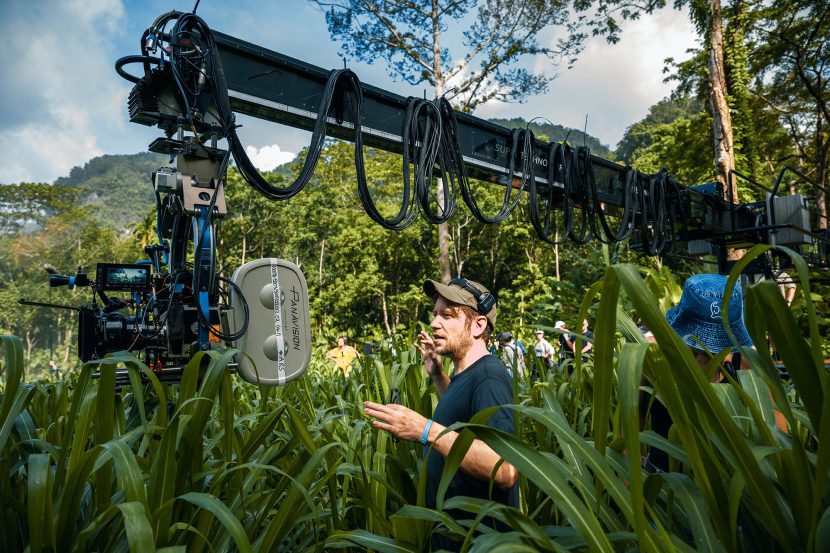
Rebirth with respect
After declaring he’d step back from big tentpole films following The Creator, Edwards found himself returning to one of cinema’s most iconic franchises. Spielberg’s personal request proved too meaningful to decline. Edwards described the project as both “daunting and irresistible”, a creative homage to the early Spielberg style that inspired him to pick up a camera in the first place.
Rather than deliver a nostalgic ‘greatest hit’ reel, the creative team focused on evoking the feeling of the original Jurassic Park, one rooted in awe and emotional stakes, not merely visual spectacle. While respectful nods to the original film exist throughout, Rebirth avoids being just a pastiche. It aims instead to feel like “a long-lost Spielberg film, rediscovered in a studio vault”, according to Edwards.
In Jurassic World: Rebirth, Gareth Edwards teams up once again with ILM, his creative collaborators from Rogue One and The Creator, to deliver a grounded, photoreal spectacle. It’s a fitting reunion, as ILM originally brought dinosaurs to life in Jurassic Park, earning the 1994 Academy Award for Best Visual Effects and redefining digital visual effects and animation. Edward’s 2023 The Creator, with ILM, also received an Academy Award nomination for Best Visual Effects (and for Best Sound).
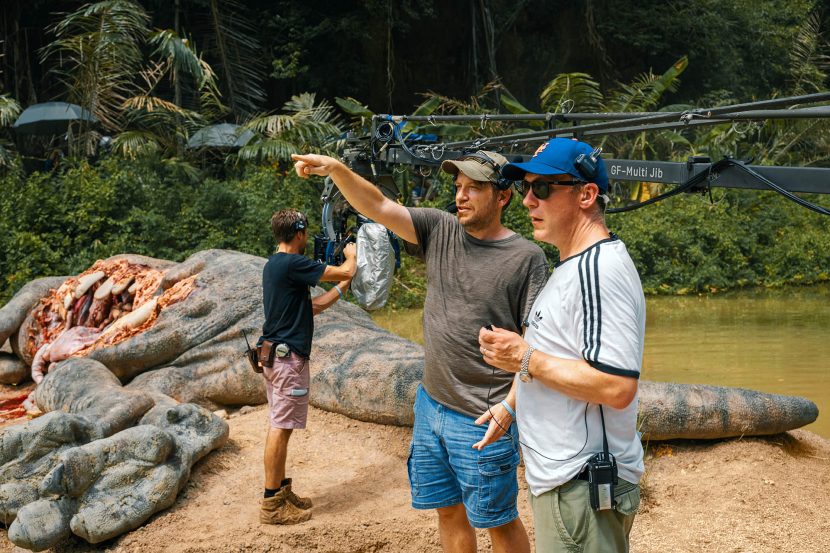
The film’s director of photography is two-time Academy Award nominee John Mathieson (Gladiator films, Logan), who Edwards has admired for years, and the production designer was James Clyne who Edwards worked with on The Creator. Jurassic Park Rebirth was shot in Thailand, Malta, the UK and in New York. Principal photography began on June 13, 2024, and wrapped in October 24. Clyne was asked to build working, 360-degree sets at real locations whenever possible to generate the naturalism and ground-level perspective that Edwards values.
Spielberg’s subtle shadow
While Spielberg was deeply involved early in helping shape the tone, creature design, and canonical decisions, he remained respectful of Edwards’ directorial voice. But working with the famous director himself was a primary reason to direct the film for Edwards. “When Mr. Spielberg—or God—asks you to do a Jurassic Park film, you just get checkmated. Half of you is terrified of failing, the other half knows you can’t say no to that dream.”
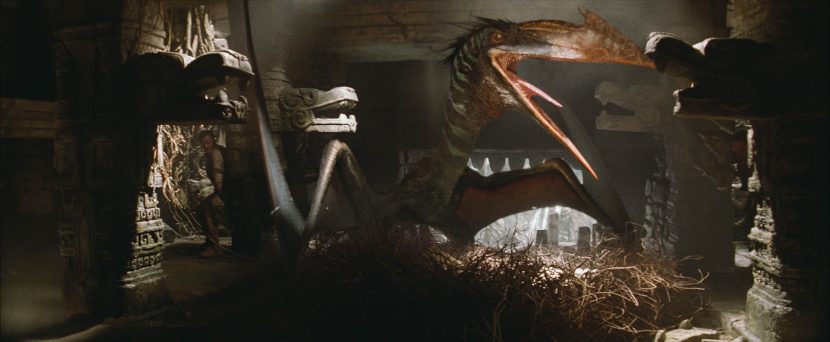
Edwards happily admits that he would often channel a “What would Steven do?” mentality, particularly during creative crossroads. And at key moments, Edwards recalls receiving a personal word of encouragement from a surprise FaceTime with Spielberg, right when Edwards was in the middle of a very complex and difficult day on set in the Thai jungle. This balance of mentorship and autonomy gave the project a unique clarity. As Edwards describes it, the film aimed to evoke the feeling that it had been made in the ‘90s and left on a shelf, only to be rediscovered now, in all its analog glory.
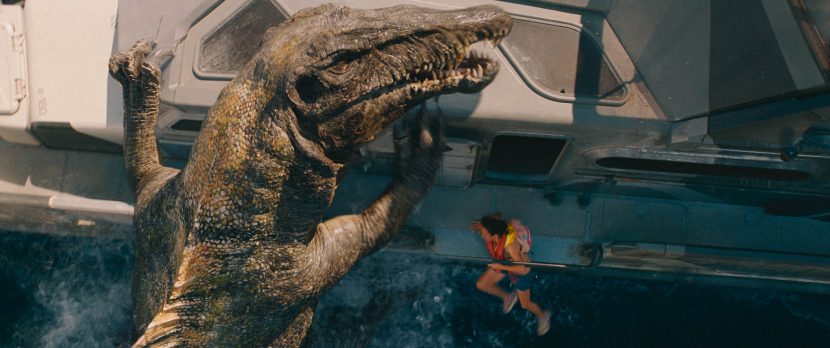
The Essex boat that gets attacked by aquatic creatures was an elaborate set built by the special effects team in collaboration with BGI SUPPLIES in the UK. It was constructed in parts, fabricating laser-cut steel panels, 3-D robot butting and 3-D printers and shipped in 16 trailers to Malta Film Studios, where it was assembled on a massive underwater eight-axis motion base. The rig, designed by Oscar winning special effects supervisor Neil Corbould, could tilt the boat 45 degrees to the left and right and could rotate to suit the sun. It could also recreate the motion of the real boat when moving in different ocean conditions. Due to safety requirements, and the need for flexibility during filming, practical set was kept empty, and the water was added digitally later by ILM.
Beauty meets believability
One of Edwards’ guiding principles was to strike a balance between realism and beauty. Photorealism alone, he argued, could produce images that felt bland. Conversely, overly stylised visuals could break the illusion. The goal? “You’re trying to look like you were the world’s luckiest cameraman and just happened to get this moment where everything worked out—but it feels totally real,” Edwards suggest. “Otherwise, the visual effect just don’t work.”
Achieving that balance meant shooting on 35mm film, with Panavision cameras the director decided. Rebirth is the first feature that Edwards has made using 35mm film rather than digital. Working with cinematographer John Mathieson (Gladiator, Kingdom of Heaven), the film was shot largely on 35mm anamorphic, embracing lens distortion, grain, and emulsion artifacts. These imperfections gave the image texture and weight, with elements then refined in VFX. The only downside of shooting on film in Thailand was that the production had to wait days to screen dailies because the footage had to be processed in England.
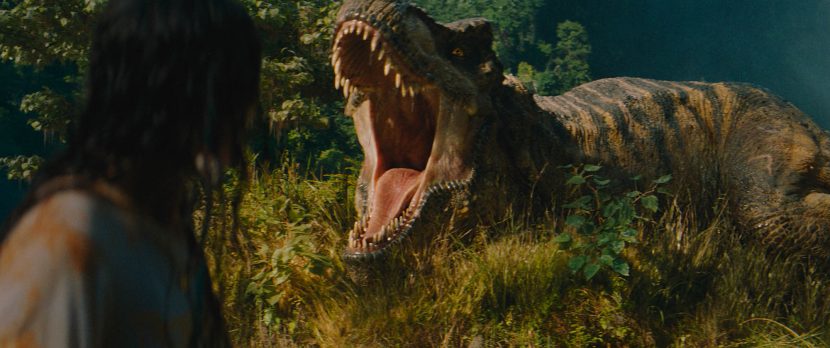
In each location, production looked for opportunities to give back to the community, which included donating surplus catering so that food wasn’t wasted. Cast and crew participated in volunteer beach cleanups that removed over 2 and a half tons of debris that had washed onto shore. The film also partnered with a local organization to protect marine life by working with an expert dive team to retrieve abandoned fishing nets from 19 ocean reefs.
Opportunistic filmmaking and a living location
Shot in Thailand, the film leaned into Edwards’ preferred method of discovery-led filmmaking. Second-unit teams, often led by Vickery, would gather drone footage across multiple environments, creating a library of naturalistic shots that could later be recomposed, reversed, or augmented in post-production.“We treated every drone shot or plate like Lego bricks, we’d break them apart, reverse them, flop them, layer CG, whatever it takes. You’re not building from scratch, you’re sculpting from real, imperfect pieces.” Edwards comments. With Vickery adding as they crafted these elements, and blocked out the action that they would also “flop shots just to test composition, if it didn’t work mirrored, something was broken. But Gareth’s eye meant the compositions almost always held. He’s a cinematographer at heart.”
For example, in one striking early shot, a beachside fly-in punctuated by birds, at the beach cave, emerged from such a process. Originally shot as a potential establishing shot, it was reversed, extended with CG, birds added and re-contextualised to serve a key narrative beat.
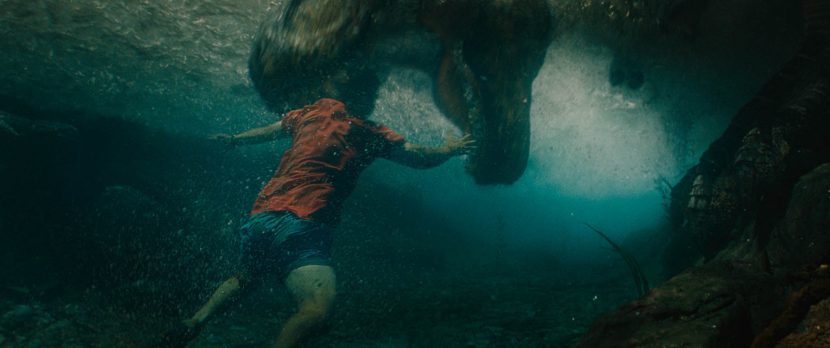
The water challenge
Water, always a VFX challenge, was very present in Rebirth. Fifty pages of the script took place at sea. Between tank work, open-ocean shoots, and fully digital environments, the water became more than a setting, it evolved into a thematic and visual motif. The result is strikingly seamless. Viewers would be hard-pressed to identify which sequences were tank, ocean, or CG. That cohesion came from a blend of Mathieson’s strong plates and ILM’s photoreal water simulation.
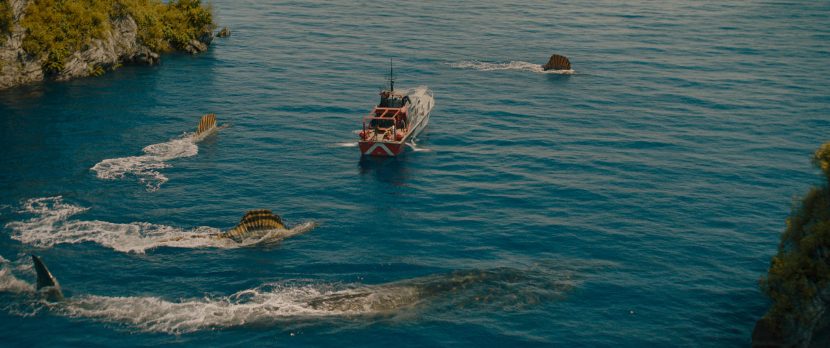
A post-production marathon
The heart of the film’s creation lay in a gruelling nine-month post-production sprint in Soho, London. With editorial and VFX teams spread across two floors, Edwards lived between them, cutting scenes, reviewing VFX, and refining everything from camera angles to lighting direction.
This close collaboration was key. Vickery recalls a workflow where Edwards wasn’t dropping in for brief approvals, “he was embedded, participating in five to six hours of visual reviews daily”. That level of access and trust is rare, he commented, and it yielded a film marked by fluidity, coherence, and shared authorship.
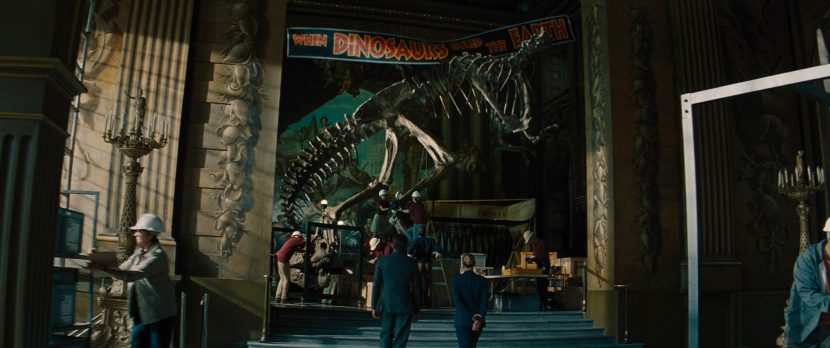
Not a homage—an evolution
Visually and tonally, Rebirth walks a delicate line: staying grounded in the Jurassic universe while forging a distinct identity. Easter eggs do abound, but they are woven into the world, not spotlighted. In terms of visuals, Edwards encouraged the VFX team to experiment boldly, go to “level 13” Vickery points out, “because then we could always pull back. That attitude gave us the freedom to be brave and the safety to refine.”
he team pushed themselves technically and creatively, producing over 1,500 VFX shots across ILM’s global studios. This is actually significantly higher than other Jurassic films. Other vendors included Important Looking Pirates, plus additional in-house support.
Despite the scale, the production timeline was tight: “We started mid-March 24,” Vickery explains. “We delivered the beginning of May 25. So,.. 11 weeks of prep, 13 weeks of shoot and 30 weeks of post. So rapid”
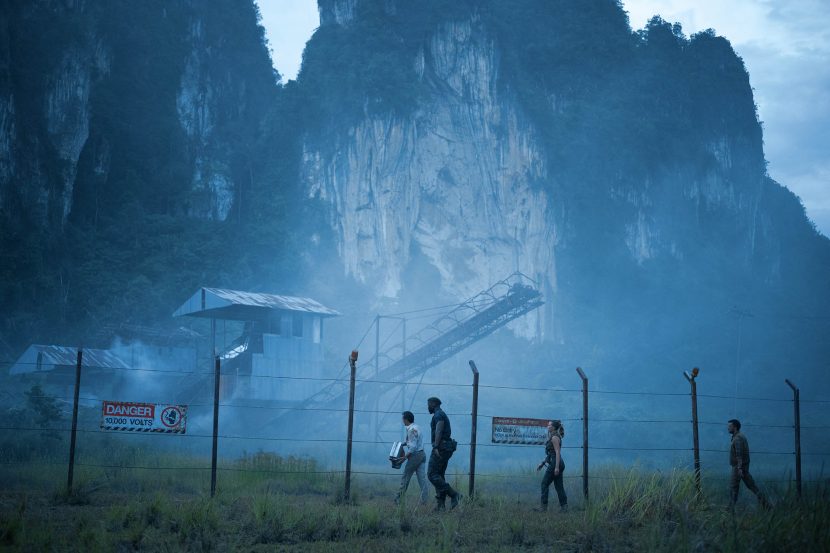
A return with purpose
In a time when blockbusters can often feel manufactured, Jurassic World: Rebirth feels more hand-crafted. Gareth Edwards, whose credits include Rogue One: A Star Wars Story, The Creator and Godzilla, may still carry the ambition for another smaller indie film in his heart, but for now, he’s firmly etched his name into yet another iconic franchise.
fxphd freeview
Back in 2008, Edwards helmed a course at our sister site fxphd.com covering the work he did on the BBC drama Attila the Hun. The show contained over 250 HD visual effects shots, all of which were created by himself in less than five months. The post used After Effects, Premiere, Photoshop, Mocha, and 3dsMax — all easily accessible tools for visual effects artists. We’ve made five classes of the course available for free, which you can view over at fxphd.com.
